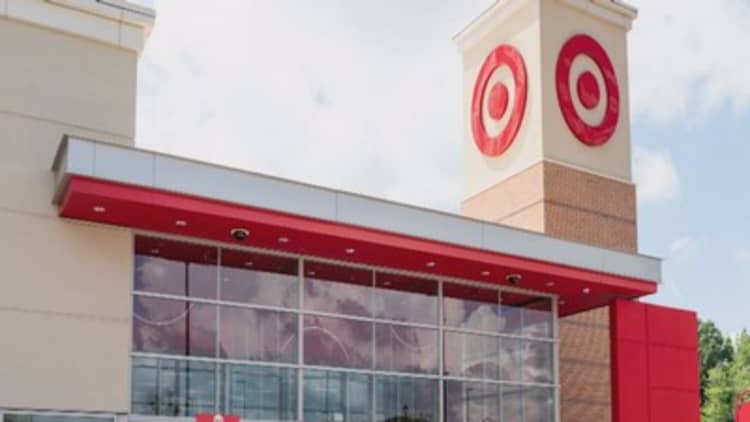It might seem obvious to some, but stores still need to exist in retail because shoppers value being able to see and touch an item before they purchase it, one Wall Street firm is telling its clients.
As more consumers turn to their laptops and smartphones to buy things online, some people have started to write off stores in malls and shopping centers. But UBS is saying the "death of stores" narrative is far from true. In fact, it's predicting sales that take place in bricks-and-mortar stores still have room to grow.
To be sure, more store closures are inevitable in the coming years, as many analysts agree the U.S. is still "over stored."
UBS predicts about 2 percent of stores in the country will close each year, but that's not a "retail apocalypse," according to analyst Jay Sole. The firm said the bulk of closures will take place in less profitable malls, often referred to a C malls, and many of them will be by local or lesser-known brands.
"Stores may have a more important role to play in the U.S. retail ecosystem than we currently appreciate," Sole and his colleagues said in a note to clients. "E-commerce gains do not signal the 'death of stores.'"
UBS is forecasting stores can still deliver about 1 percent of sales gains annually, assuming U.S. retail sales overall keep climbing at a rate of about 3 percent. And that should hold true at least through 2022, said the analysts, including Sole, who completed this study.
UBS estimates U.S. retail is a $4.2 trillion industry and out of that roughly 13 percent, or $475 billion, of sales are taking place online. That's up from 3 percent in 2004, said UBS, which is predicting that if e-commerce sales rise by about 12 percent annually, online transactions will account for 20 percent of total U.S. retail sales by 2022.
Still, the firm said stores hold an important role in retail, having surveyed 2,500 U.S. consumers over the age of 18. Forty percent of those people said they have a strong desire to feel or test products in stores before buying them. Many said they also want the "instant gratification" of being able to leave a store with a purchase in hand. "These are barriers that e-commerce is struggling to overcome," Sole said.
Evidence that retailers still value having a physical presence: brands that started online like Warby Parker, Casper and Untuckit are opening hundreds of stores altogether across the U.S. Meanwhile, some of the biggest names in retail like Walmart and Target are pouring billions of dollars into their stores for renovations.
UBS calls out Target and Nordstrom as two names in retail that are "better positioned than the market perceives" because of their investments in stores and online. It also says Amazon still has plenty room to grow, as the company is able to get its existing Prime members to spend more.



